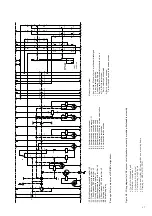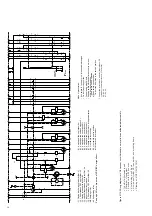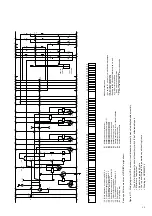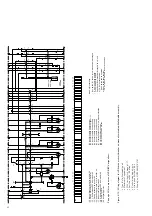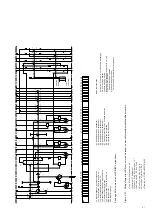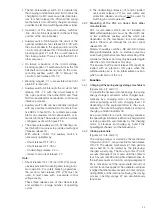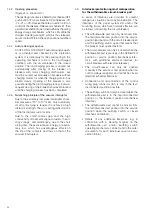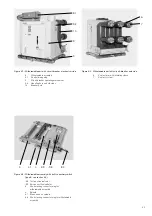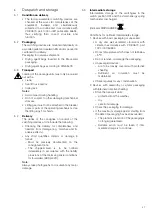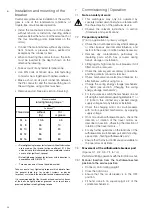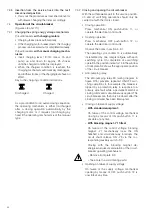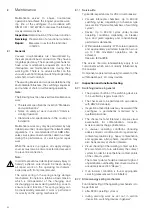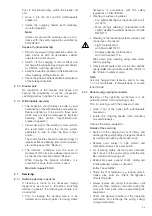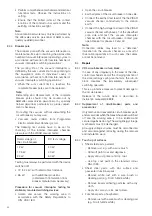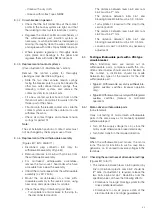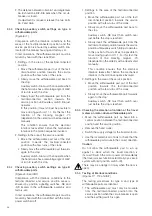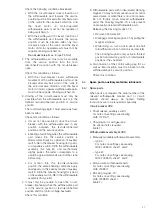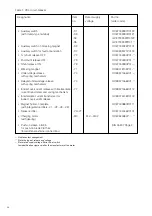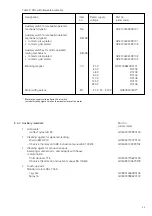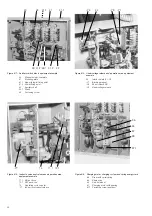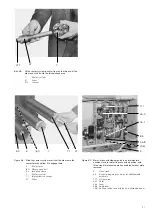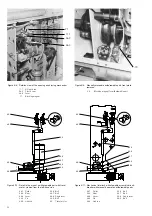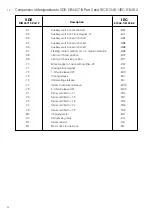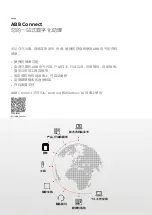
40
7.3.5
Insertion from the service truck into the test/
disconnected position
• Carry out the procedure as described above for
withdrawal, changing the order accordingly.
7.4
Operation of the circuit-breaker
(Figures 4/4 and 7/1)
7.4.1
Charging the spring energy storage mechanism
Circuit-breakers
with charging motors
:
• Charging takes place automatically.
• If the charging motor breaks down, the charging
process can be carried out or completed manually.
Circuit-breakers
with manual charging mecha-
nisms
:
• Insert charging lever 19 into recess 15 and
pump up and down for approx. 25 strokes
until the charged condition is displayed.
• When the charged condition is reached, the
charging mechanism automatically disengages,
and further strokes of the charging lever have no
effect.
Key to the charging condition indications:
Discharged
Charged
As a precondition for an autoreclosing sequence,
the operating mechanism is either (re-)charged
after a closing operation automatically by the
charging motor, or it requires (re-)charging by
hand if the operating mechanism is of the manual
type.
7.4.2
Closing and opening the circuit-breaker
With the withdrawable part in the service position,
on and off switching operations should only be
carried out with the doors closed.
• Closing operation:
Press mechanical ON push-button 11, or
operate the electrical control unit.
• Opening operation:
Press mechanical OFF push-button 12, or
operate the electrical control unit.
Observe the notes in section 4.3.1.
The operating cycle counter 14 is automatically
incremented by one complete figure with each
switching cycle. On completion of a switching
operation the position indicator 13 in the window
of front plate 9.2 shows the appropriate position
of the circuit-breaker.
• Anti-pumping relay:
The anti-pumping relay-K0 (wiring diagram in
figure 2/15) prevents repeated ON-OFF swit-
ching operations if, for example, the breaker is
tripped by a protection relay in response to a
primary side fault while a permanent electrical
closing command is simultaneously applied. The
circuit-breaker can then only be closed after the
closing command has been interrupted.
• Closing on failure of supply voltage:
–
With standard equipment:
On failure of the control voltage, mechanical
closing by means of ON push-button 11 is
possible at any time.
–
With blocking magnet -Y1 fitted:
On failure of the control voltage, blocking
magnet -Y1 mechanically locks the ON
haflshaft and simultaneously interrupts the
circuit shunt release ON -Y3 via the cor-
responding auxiliary switch -S2.
Closing with the blocking magnet de-
energised requires manipulation of the circuit-
breaker operating mechanism:
– Remove front plate 9.2.
– Take care to avoid rotating parts!
• Opening on failure of supply voltage:
On failure of the supply voltage, mechanical
opening by means of OFF push-button 12 is
possible at any time.


